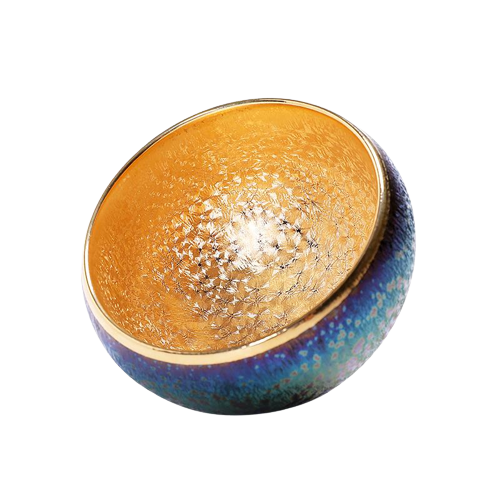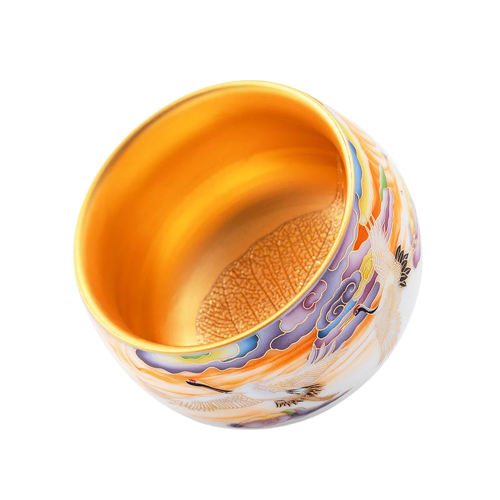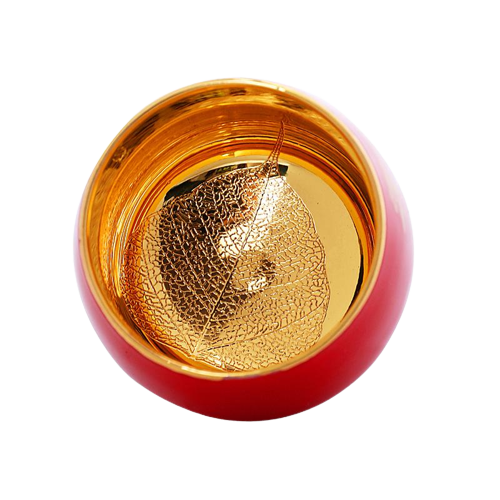Introduction
Choosing a teapot is a decision that should be well thought out and personal. The right teapot can make your tea-drinking experience more enjoyable and convenient, while the wrong one might just end up sitting unused in your cupboard. To help you choose the best teapot for your needs, we've broken down this important decision into five key questions to ask yourself:
You need to decide on the type of teapot you want to get.
The first question you have to ask yourself is what kind of tea do you like to drink? Do you like black, green, or oolong? If you are serving a lot of people and making big pots of tea then it would be best to get the teapot in stainless steel. However if it is just for yourself or an intimate gathering then ceramic will work perfectly fine. You can get these types at most stores that sell kitchenware and they range in price from $10-$20 depending on where you shop and how much money you want to spend.
Here are best handmade tenmoku teapots you may be intereted in. Take a look and you will get your right teapot.
If there are going to be more than five people over then I recommend getting at least one more teapot so that everyone does not end up waiting their turn for their cup of tea if one person drinks faster than others
The material your teapot is made of affects how much heat it retains.
Now that you've got the basics down, let's cover some of the specific material types and how they affect your tea.
-
Ceramic and glass teapots are both excellent choices if you're looking for something that retains heat well. However, both materials are fragile—you should avoid dropping or knocking them against other hard surfaces (especially marble). Additionally, because these materials transfer heat so quickly, they can cause burns if you don't catch yourself in time before grabbing a piping hot pot!
-
Metal teapots are generally durable but sometimes rust over time. They tend to retain heat well, too—but if you happen to chew on your metal spoons while cooking up some ramen noodles one night (hey, we've all been there), make sure not to use those same utensils for making tea unless it's stainless steel or aluminum alloy!
If you brew loose leaf tea, you'll need a large teapot with a built-in strainer.
If you brew loose leaf tea, then you'll need a large teapot with a built-in strainer. The strainer catches the tea leaves and prevents them from getting into your cup.
The best way to know if your teapot has a built-in strainer is to look for one that has an open design at its base. If there's no open space, then it means that the strainer isn't built in and must be purchased separately or made by hand (more on this later).
The size of your teapot also affects how many cups of tea it can make.
The size of your teapot also affects how many cups of tea it can make. A standard sized teapot holds about six cups, while larger ones hold 10 or more. If you want to make more than one cup at a time, get a larger pot.
Teapots come in a variety of price points, depending on what they're made from and how they look.
There are many different materials used to make teapots, and each material has its own characteristics. The most common types of teapots include clay, glass, stainless steel and more.
The price of a teapot will vary depending on the material it's made from as well as how ornate or simple it is. For example, if you want to buy a very ornate looking tea kettle that costs $150 dollars, then it might be worth paying extra for that kind of beauty in your kitchen. On the other hand, if you're looking for something simpler and less expensive like a classic white porcelain tea pot with black handles (which may cost about $30 dollars), there are plenty of options available too!
Choosing the right teapot should be based on your personal tastes as well as the features that will make it most functional for you.
A good teapot is one that suits your personal tastes and preferences, but more importantly, it should be functional for the way you use tea. How often do you drink tea? Are you hosting a gathering of family and friends or just making tea for yourself? What size of group will be drinking out of your teapot? Do they need to be able to put their nose in the spout while they pour a cup of tea?
These questions can help determine what size teapot you need. If you're only making cups for one or two people and want to smell the steam as it rises from the spout, then go with a smaller teapot. But if there's going to be a crowd—or even just one other person—consider scaling up so that everyone has room for their own cup without spilling over into yours.
Conclusion
We hope that this guide has helped you choose the right teapot for your needs. It’s important to keep in mind that there are a lot of different types of teapots out there, each with their own pros and cons. The best way to know which one is right for you is by looking at all the options available before making a decision.




